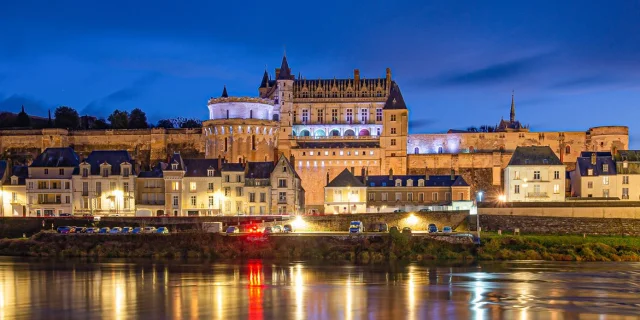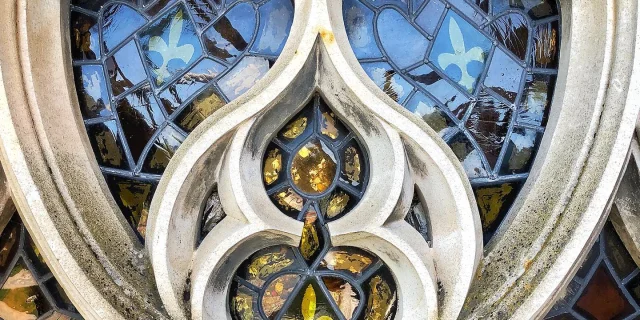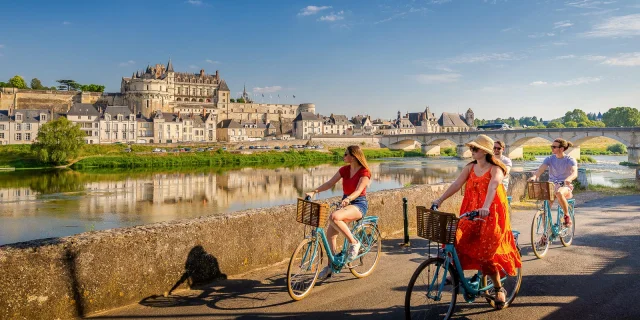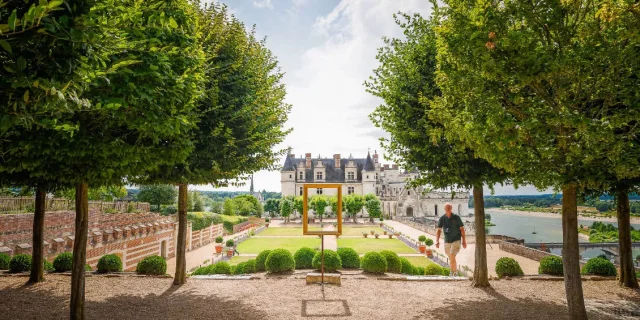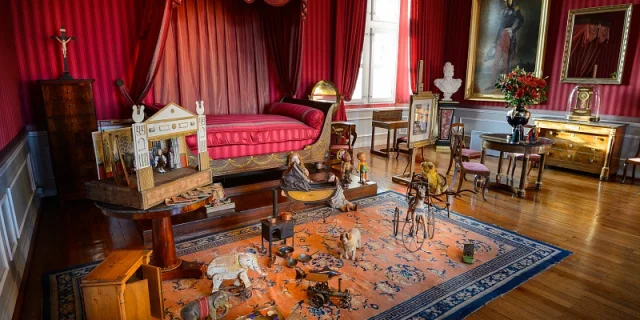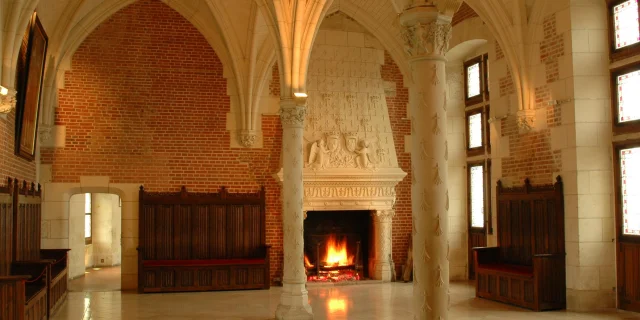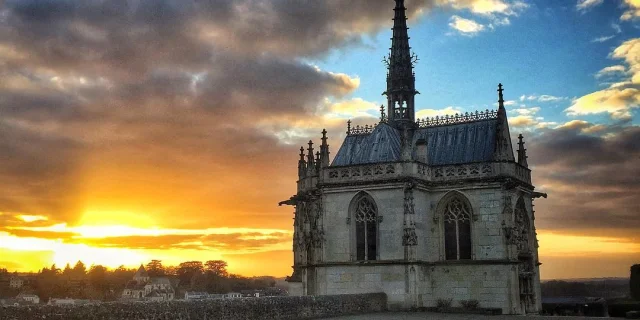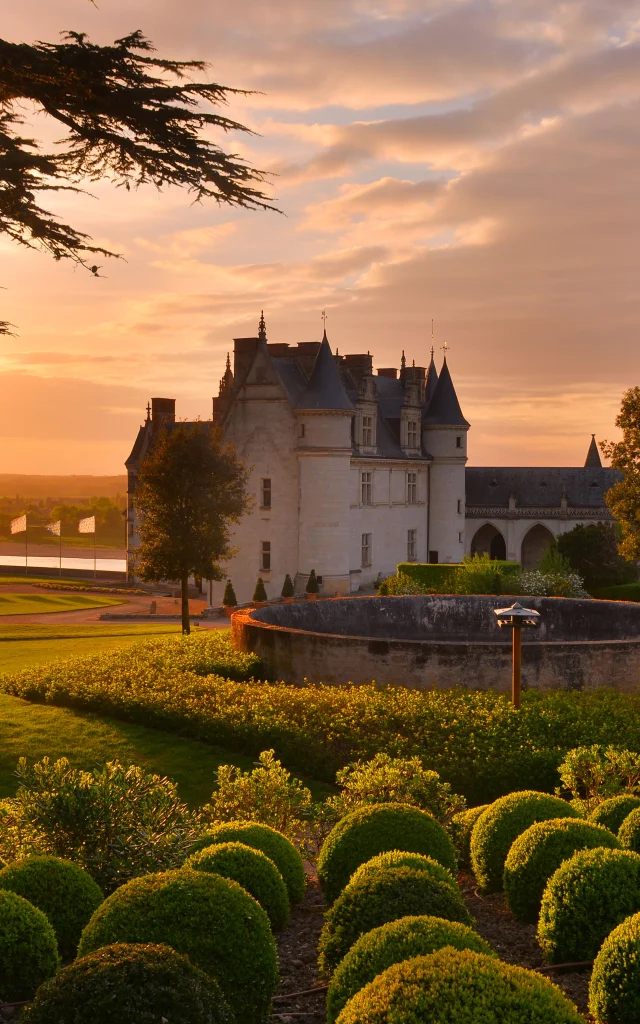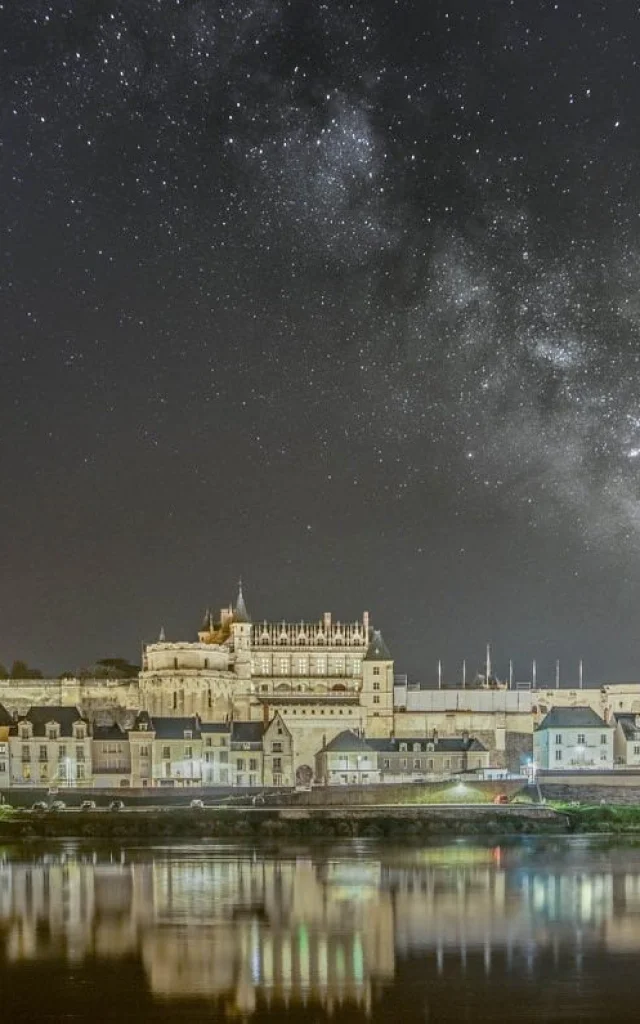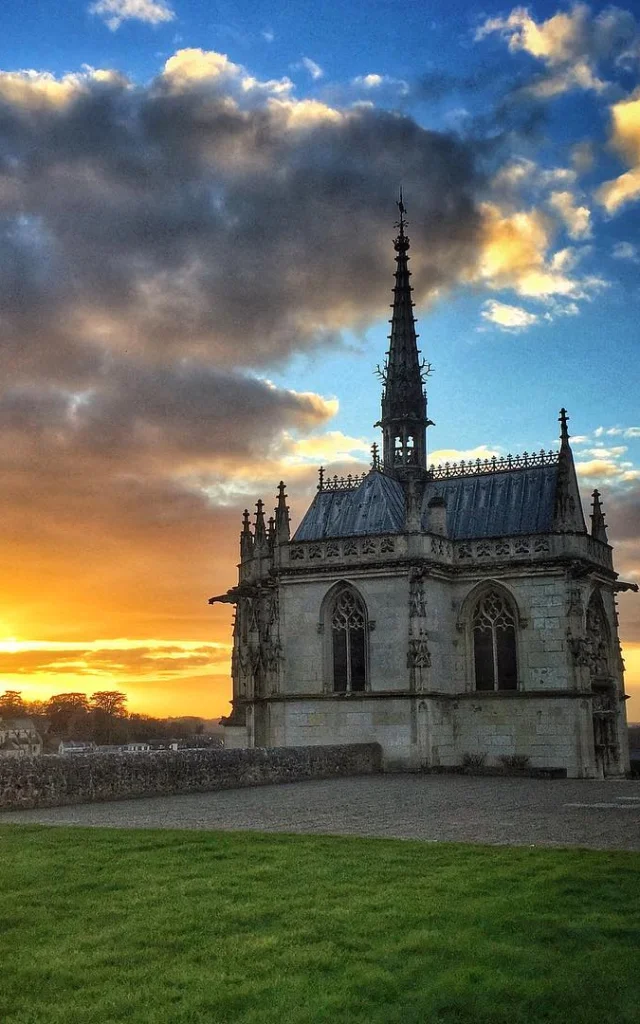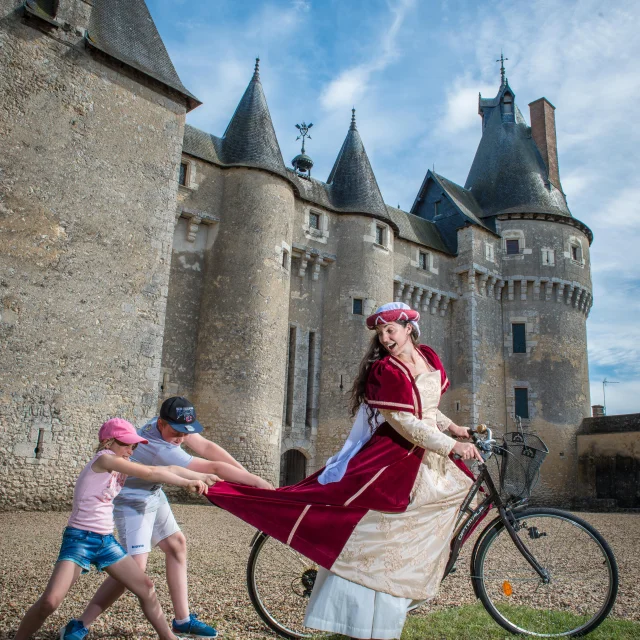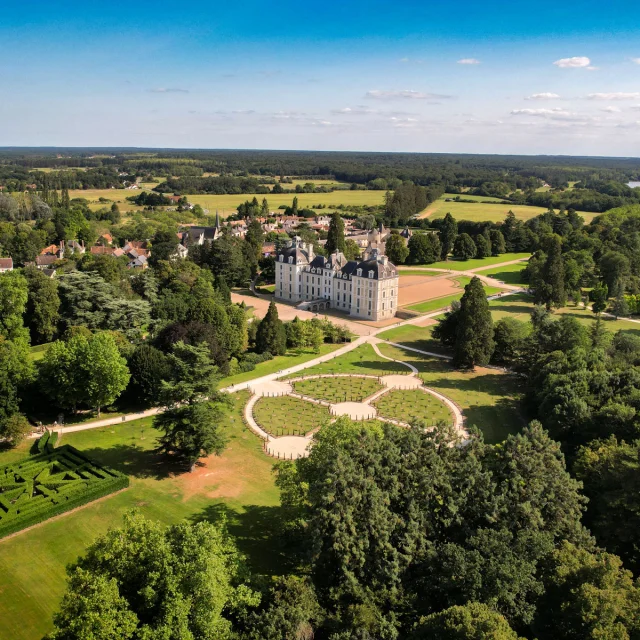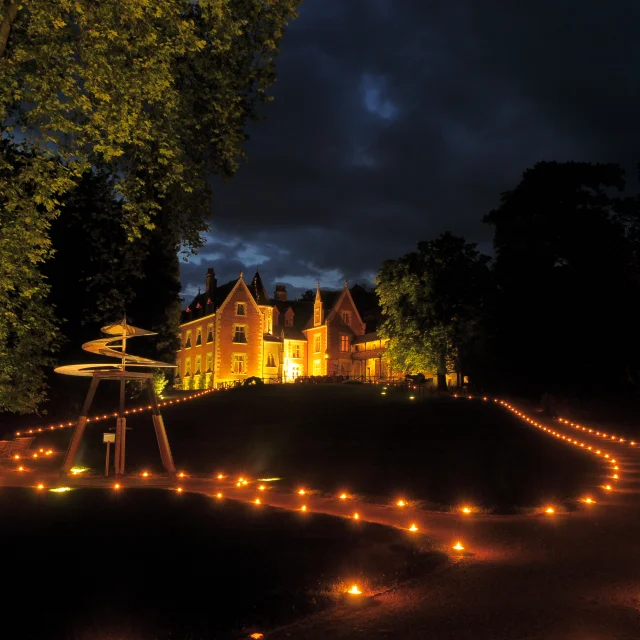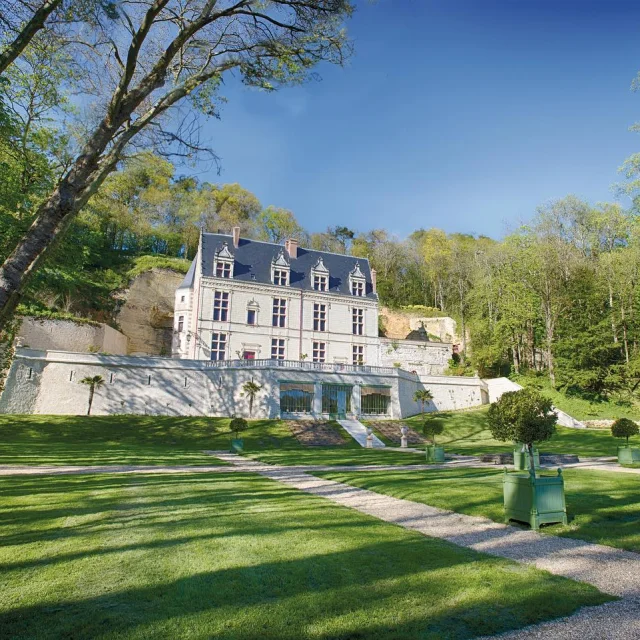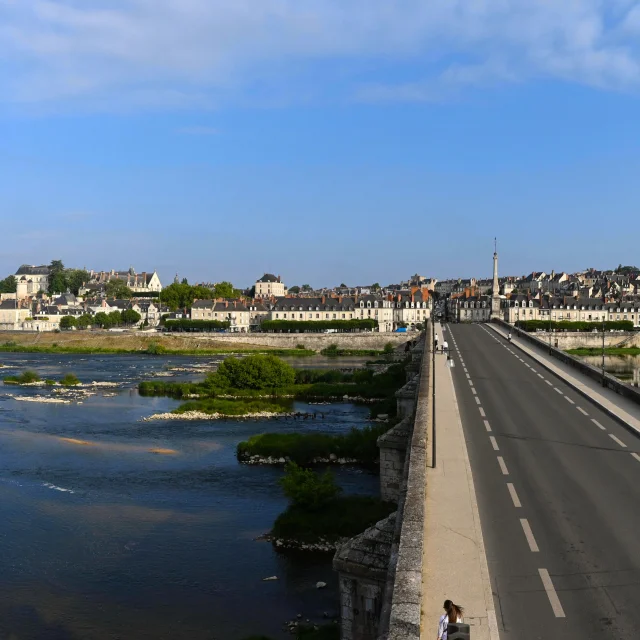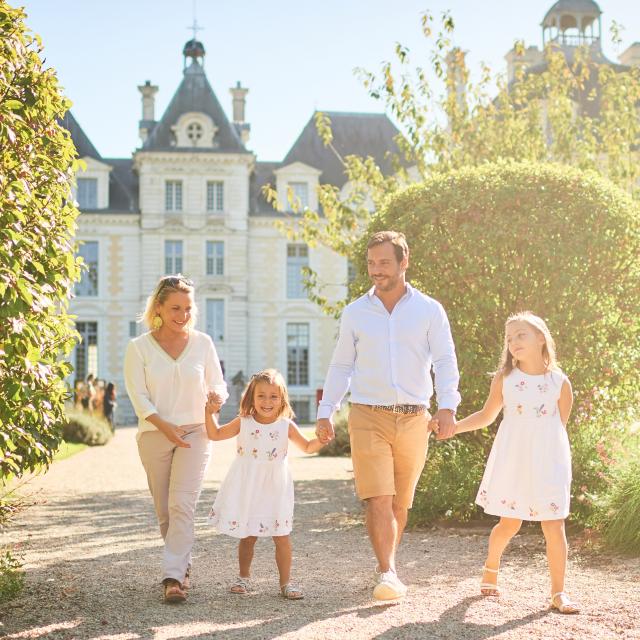At the end of the 16th century, Amboise retained its function as a stronghold due to its strategic position, but became a stopover for French sovereigns on their travels around the kingdom, such as Henri IV (1553- 1589- 1610), Louis XIII (1601- 1610-1643), Louis XIV (1638- 1643-1715) and his grandson Philippe duc d’Anjou (1683- 1700/1724-1746), the future Philip V of Spain.
In 1620, however, Louis XIII ordered the construction of new defenses. However, due to lack of maintenance, the Château gradually fell into disrepair, with some of the main buildings in the Château’s western enclosure (between the Chapelle Saint-Hubert and the Logis Charles VIII) demolished between 1627 and 1660. Amboise was also used as a prison. Famous prisoners were held here, such as Nicolas Fouquet (1615-1680), Louis XIV’s Superintendent of Finances, disgraced in 1661. He was escorted by the famous musketeer captain d’Artagnan (c. 1615-1673) during this stay.
Amboise was finally awakened from its slumber in the 18th century by Étienne-François, Duc de Choiseul (1719-1785), the powerful minister of Louis XV (1710- 1715-1774). He became the owner in 1763, along with the nearby Chanteloup estate, where he had a sumptuous château built in the taste of the time. He also preferred to live there rather than in the citadel of Amboise, where he set up factories.
On Choiseul’s death, his immense estate was bought by the Crown and sold in 1786 to Louis-Jean-Marie de Bourbon, Duc de Penthièvre (1725-1793), the legitimate grandson of Louis XIV. From 1789 onwards, he fitted out the apartments, demolishing the columns and partitioning off the Grand Salle. He installed a panoramic dining room overlooking the Tour des Minimes. He ordered work to be carried out in the gardens: staggered lime trees were planted on the north terrace, and an English-style park was laid out. At the western end of the fortress, he had a pagoda built on the Garçonnet tower, in the Chinese style.
In 1789, the logis des Sept-Vertus was destroyed by fire.
